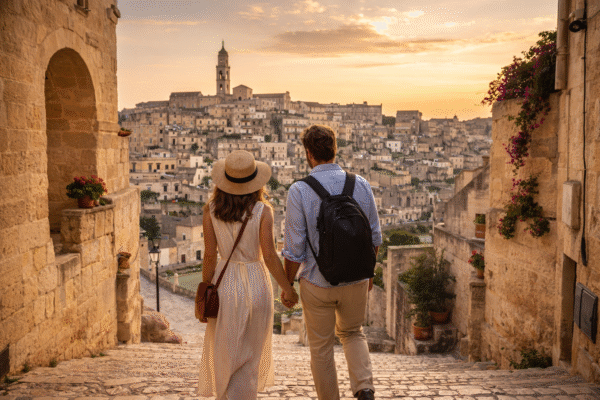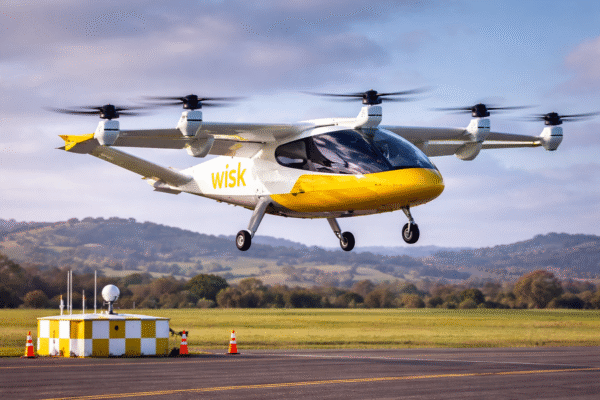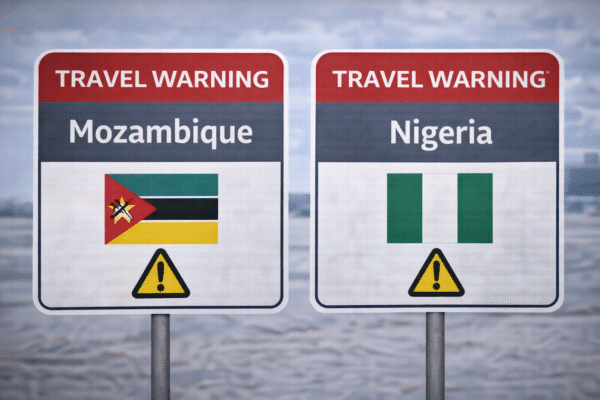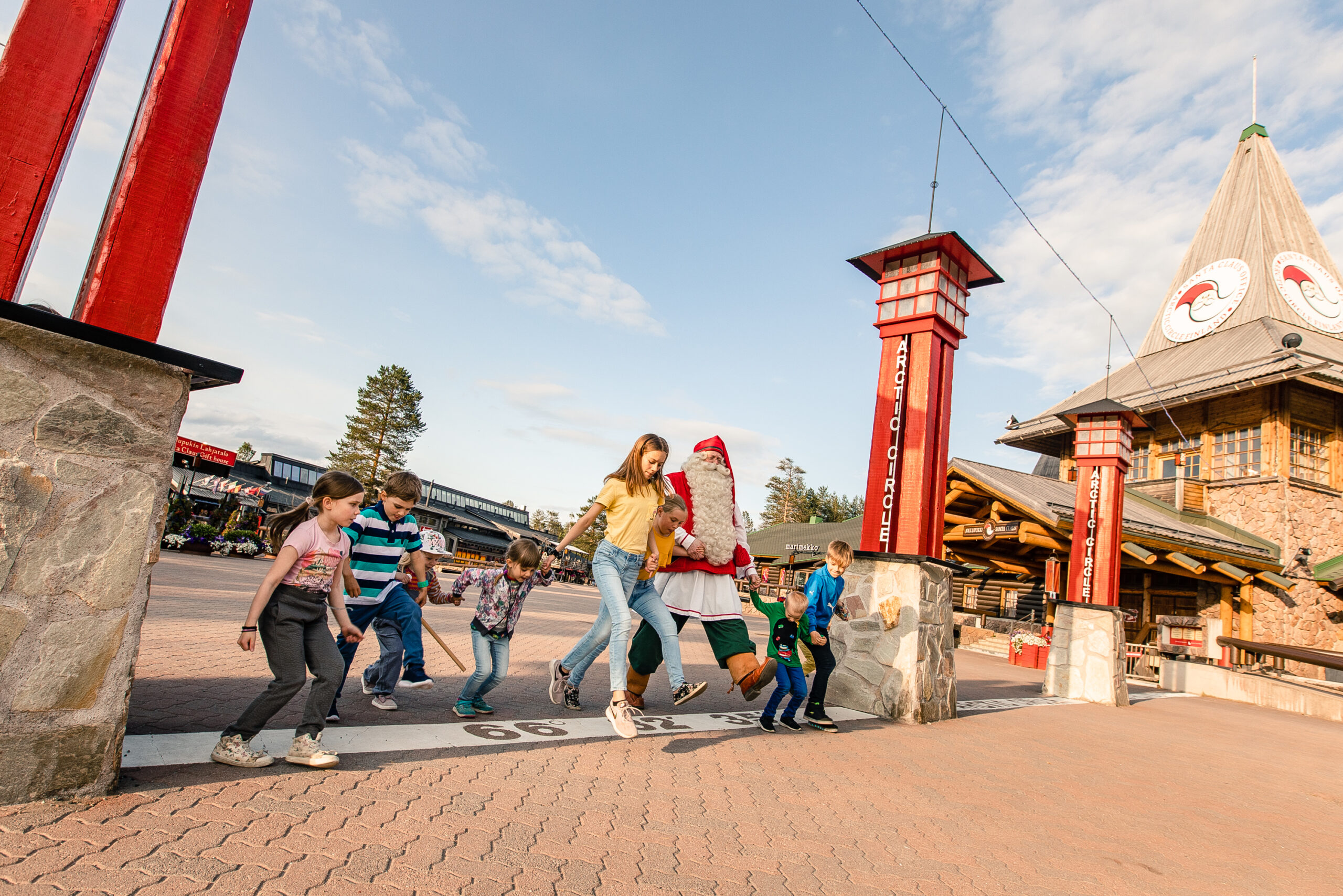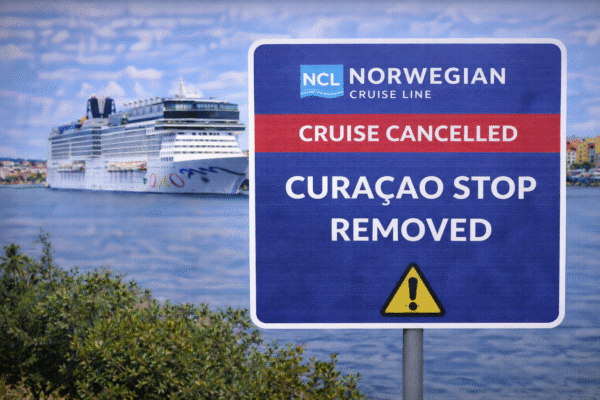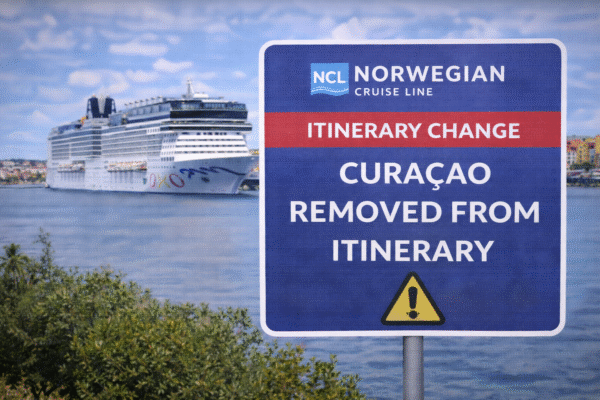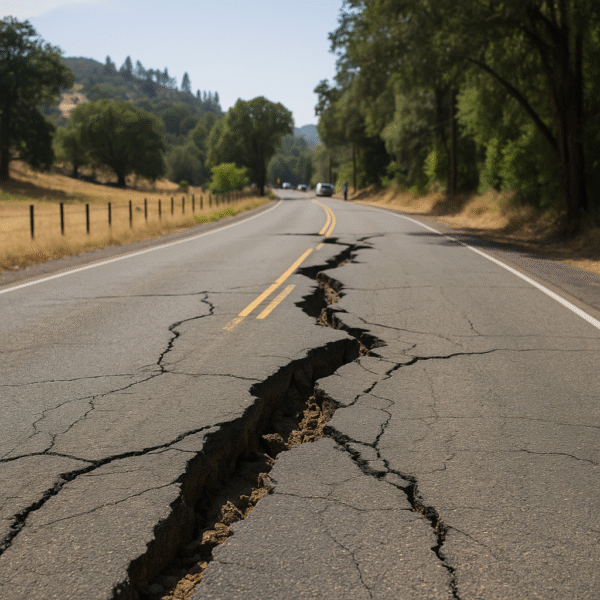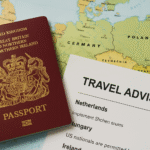On the afternoon of Saturday, September 20, 2025, at 2:28 p.m., a mild earthquake struck Mariposa County, California, registering a magnitude of 3.0. The tremor originated around six miles southwest of Mariposa and was felt in parts of Yosemite National Park and even in San Francisco, nearly 150 miles away. While the quake was considered minor and caused no reported damage, it served as a reminder of California’s active seismic landscape.
For most residents and visitors, the shaking was subtle, but enough to be noticed in areas close to the epicenter. According to preliminary reports, more than 30 individuals confirmed feeling the quake, highlighting how even small seismic events can ripple through local communities and popular tourist destinations.
Understanding the Impact on California Travel
A 3.0 magnitude earthquake is generally classified as minor, meaning it rarely results in structural damage. However, in tourist regions such as Yosemite, Mariposa, and San Francisco, even slight tremors can spark concern among visitors. These areas are located along the Pacific Ring of Fire, one of the most seismically active zones on Earth.
While earthquakes of this size are common in California—often occurring dozens of times each year—they still offer an important reminder for travelers to remain aware of their surroundings and to understand basic earthquake safety protocols.
For tourists visiting Yosemite’s cliffs and trails or strolling through San Francisco’s historic neighborhoods, knowing what to do during seismic activity can mean the difference between a brief inconvenience and a dangerous situation.
What Tourists Should Know About Earthquakes in California
California experiences thousands of small earthquakes annually, though only a fraction are strong enough to be felt. Quakes between 2.5 and 5.4 magnitude are often noticeable but seldom destructive. Still, they may trigger aftershocks, minor disruptions, or heightened safety inspections at national parks, public transportation hubs, and hotels.
Tourists should keep in mind:
- Earthquakes strike without warning – being prepared is crucial.
- Aftershocks may follow the initial tremor.
- Temporary closures of certain trails, attractions, or transit services may occur if authorities conduct safety checks.
For visitors in Yosemite, officials often assess trails and rock formations for stability after seismic events. In San Francisco, historic structures and bridges undergo regular inspections, ensuring the safety of both residents and tourists.
Safety Tips for Tourists During an Earthquake
Travelers in California should be familiar with essential earthquake safety measures:
- Indoors: Stay inside, avoid windows, and take cover under sturdy furniture. Protect your head and neck with your arms if no shelter is available.
- Outdoors: Move to an open area away from buildings, power lines, and trees. Parks or wide streets provide safer spots.
- In a Vehicle: Pull over safely, stop, and remain inside until the shaking ends. Avoid bridges or tunnels if possible.
- Mobility Assistance: For those using wheelchairs or walkers, lock wheels and stay put until the shaking stops. Move away from hazards when safe.
The widely recognized “Drop, Cover, and Hold On” method remains one of the most effective ways to minimize injury during seismic activity.
Aftershocks and Continued Preparedness
Following any earthquake, aftershocks are common. While these are usually smaller than the main tremor, they can still cause additional risks, particularly to weakened structures. Travelers are advised to stay alert for the next several hours and avoid entering damaged buildings or hiking near unstable cliffs.
Tourists should also be mindful of potential secondary hazards such as gas leaks, power outages, or falling debris. Carrying a basic emergency kit—including bottled water, a flashlight, first aid supplies, and a portable phone charger—can provide added reassurance while traveling in earthquake-prone regions.
Implications for Tourism in Yosemite and San Francisco
Despite the occasional earthquake, California remains one of the world’s most visited destinations, drawing millions to Yosemite National Park, San Francisco’s Golden Gate Bridge, and the scenic coastal highways. Most tremors, like the one in Mariposa, pass quickly without incident.
Tourists should view these events not as deterrents but as reminders to travel prepared. Authorities in California are highly experienced in responding to seismic activity, and safety infrastructure is among the most advanced globally. Hotels, airports, and public attractions follow strict building codes designed to withstand earthquakes, ensuring the continued safety of guests and visitors.
Final Thoughts: Stay Informed, Stay Safe, and Enjoy California
California’s natural beauty—from Yosemite’s granite cliffs to San Francisco’s vibrant waterfront—continues to captivate travelers from around the globe. While earthquakes are part of life in the Golden State, being prepared ensures they remain little more than a minor disruption to an otherwise unforgettable trip.
For tourists, the key is awareness and preparation. Stay updated through local news and official announcements, know what to do during a tremor, and carry basic emergency supplies. With these steps, visitors can enjoy all that California has to offer—confident that they are ready for anything nature might bring.
For more travel news like this, keep reading Global Travel Wire

